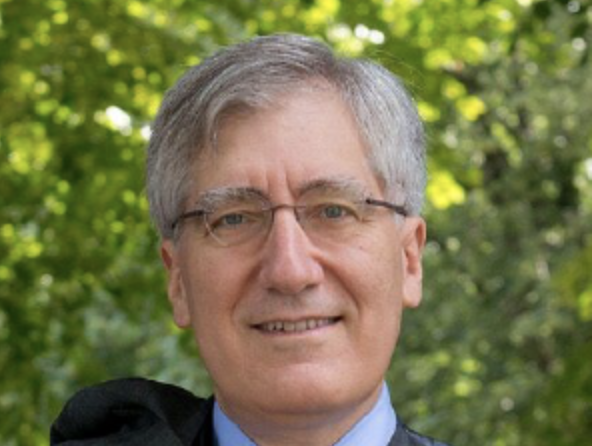NBC news recently reported: “The war between Israel and Hamas continues to roil college campuses, inspiring heated protests and fiery rhetoric. In recent days, Jewish and Muslim students have been forced to confront a more grave reality: the specter of violence.”
The magnitude of this violence is unprecedented. Demetri L. Morgan, a professor at Loyola University, Chicago, who studies campus issues, said recently “It is important to make a distinction between passionate student activism — part of a long tradition in the U.S. dating back to at least the Civil Rights and Vietnam War eras — and premeditated violent threats from religious bigots who view the Middle East conflict as a pretext to act on their hateful ideologies.”
How did we get here? Where are we going? More importantly, who is responsible for this sad situation?
Is it the result of an academic environment where some college and university faculty members do not focus on teaching, but focus instead on indoctrinating students with their views of the world? Is it a failure by some college and university administrators to demand from their faculty that students learn how to think critically and civilly on issues of the day? Is it the result of a permissive culture where long before attending colleges and universities, young people realize there are no consequences for bad behavior?
I do not know the answers to these questions. I only know from personal experience, there was a time in higher education when the focus was exclusively on learning how to think critically and with an open-minded approach in reaching thoughtful decisions on issues of the day.
That experience occurred during my sophomore year in college. At that time, American involvement in the Vietnam war was winding down but was still causing widespread antiwar protests on college and university campuses. Always interested in politics, I took a course on campaigns and elections. The professor for this course was active in the local Democratic Party. He was also a delegate at the 1972 Democratic National Convention where he supported George McGovern, a fervent opponent of the war in Vietnam, and who was especially critical of the Nixon administration’s conduct of that war.
On the first day of the campaigns and elections class, we were told quizzes, tests, and or research papers would not be used to determine grades. Instead, we were required to volunteer on a political campaign and keep a log of what we learned from that experience. Immediately after that first class ended, I told the professor I would be volunteering for Nixon’s re- election campaign. I asked him, tongue in cheek, if choosing to support and work for Nixon would get me an automatic F for the course on day one, or if I had to wait until the end of the term for that grade.
His response was “My goal in his course and every course I teach is to help you learn how to think critically and understand both sides of every issue before you adopt any position on that issue. My goal is not to tell you what to think, to influence what you think, or expect you to embrace what I think.” He went on to say “If your campaign log shows you learned a lot you get an A. If your log shows you learned something, you get a C. If your log shows you did not learn anything you get an F. The candidate you decide to support and the campaign you choose to learn from is none of my business.”
Lessons learned in that course (where I received an A) led to my first full-time job post college as a paid staff member on two political campaigns. Today, as a consultant, I still use lessons learned in that course for my clients.
It is my deep hope that every college and university in America will have faculty and leadership who fully embrace the idea that their mission is teaching students how to think but not what to think. I also my hope they concurrently embrace the idea that their mission is continuously reinforcing the need to respect everyone who may choose to view the world differently than they do. If not, we are doomed to continue being the Un-united States of America that is destined not to survive or thrive as a civil society.
David Reel is a public affairs/public relations consultant who serves as a trusted advisor on strategy, advocacy, and media matters who lives in Easton.










